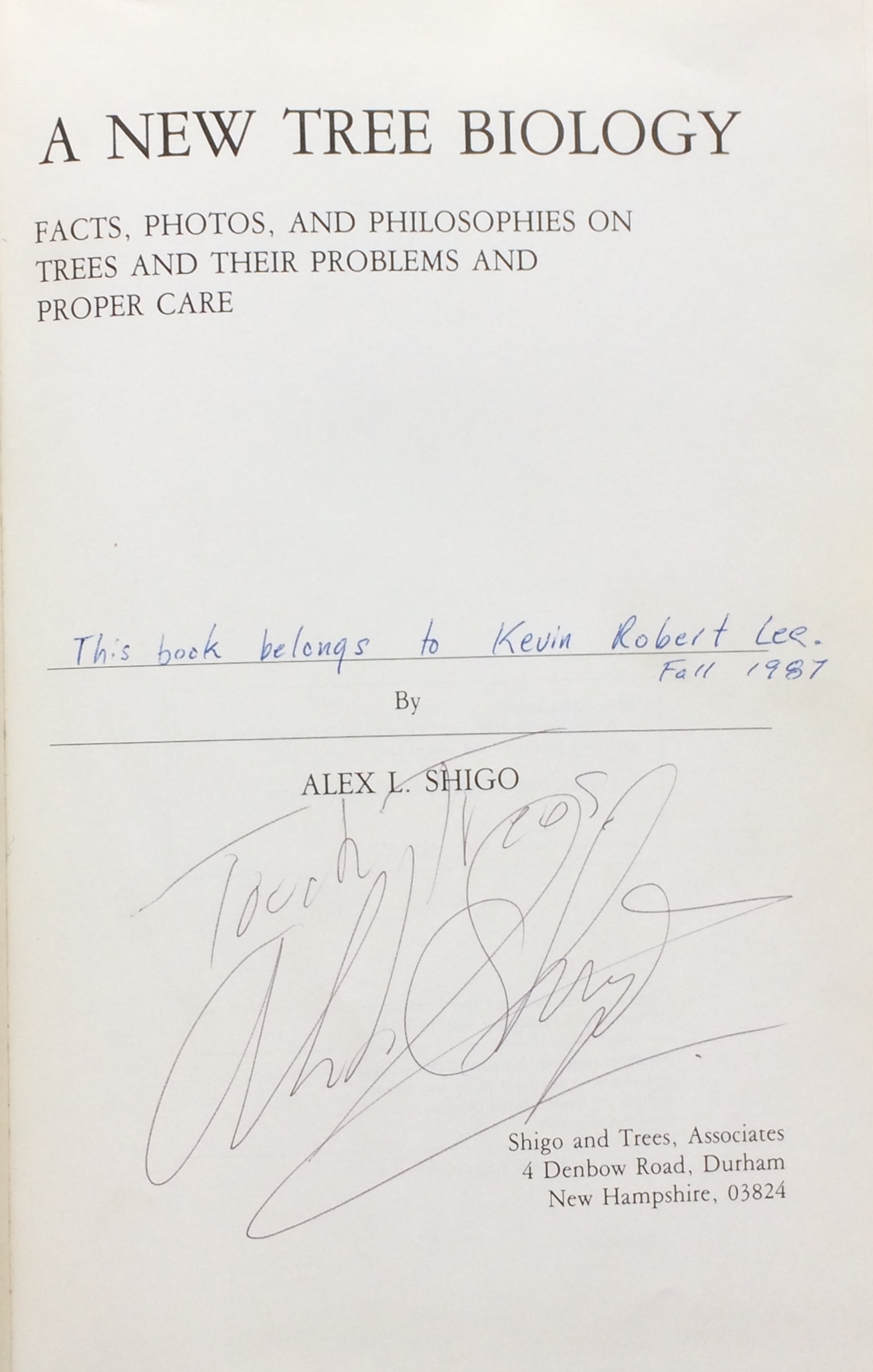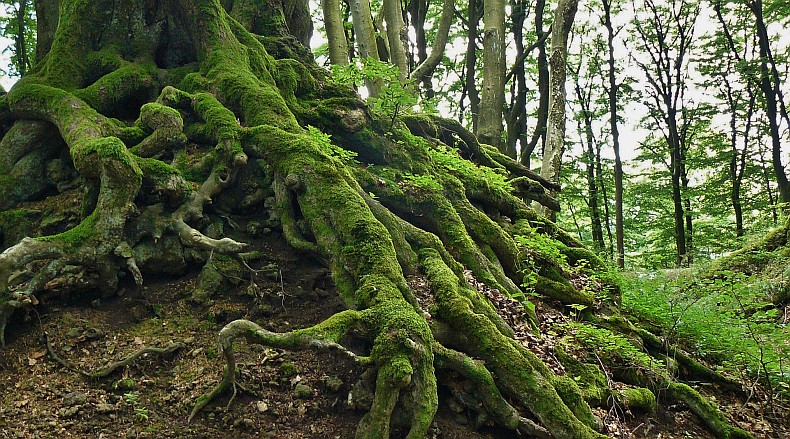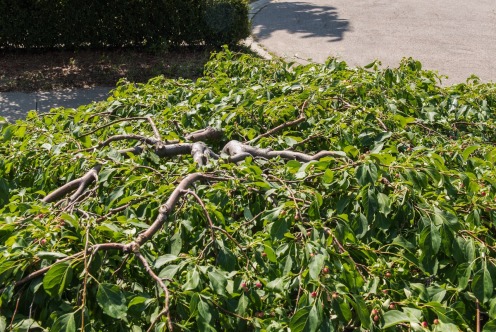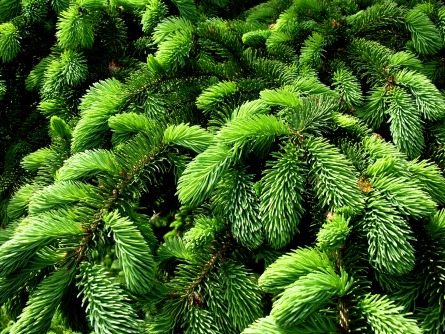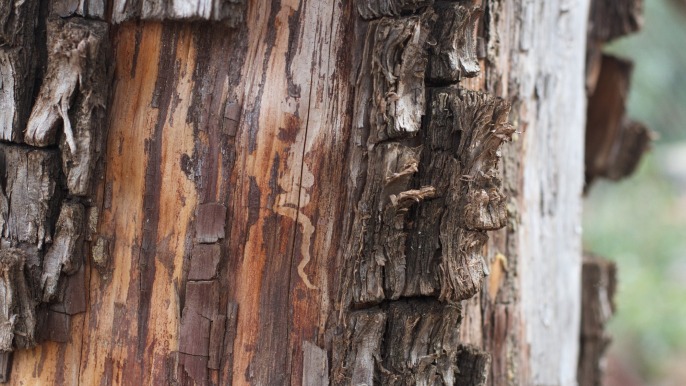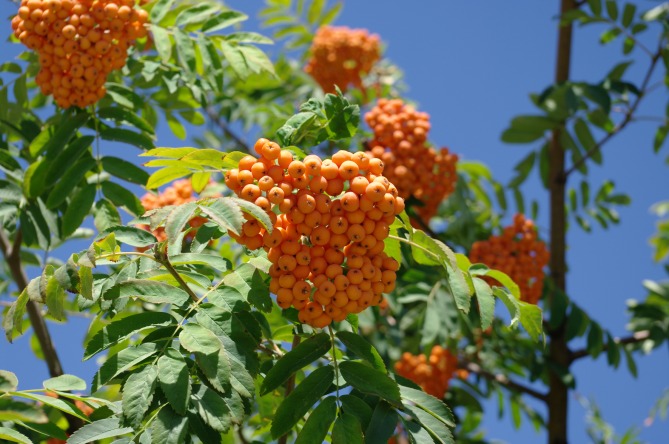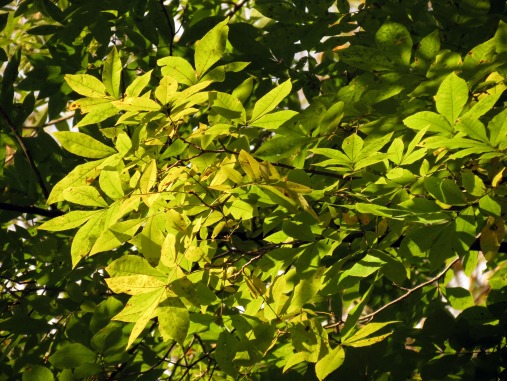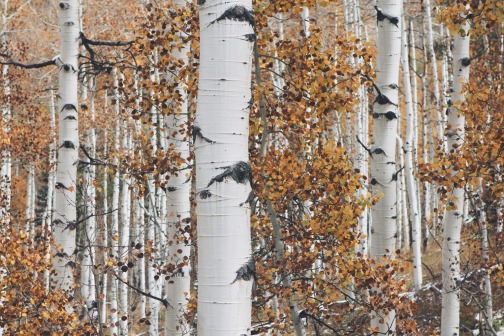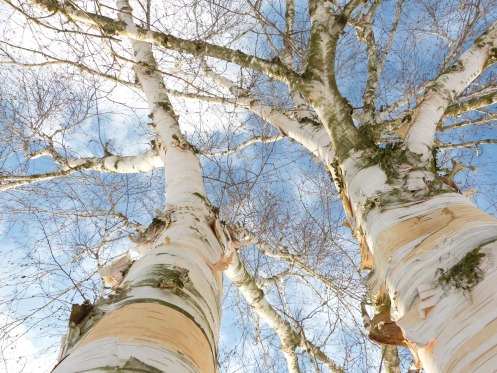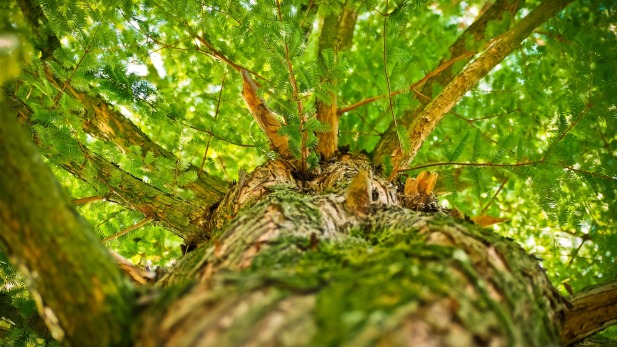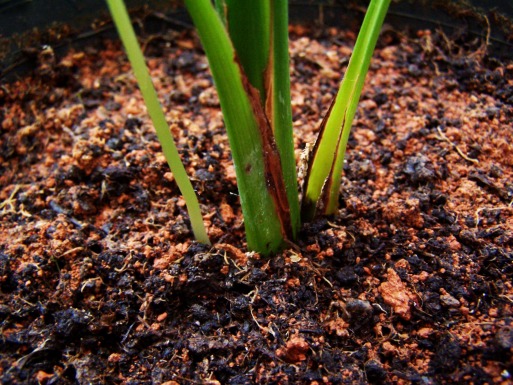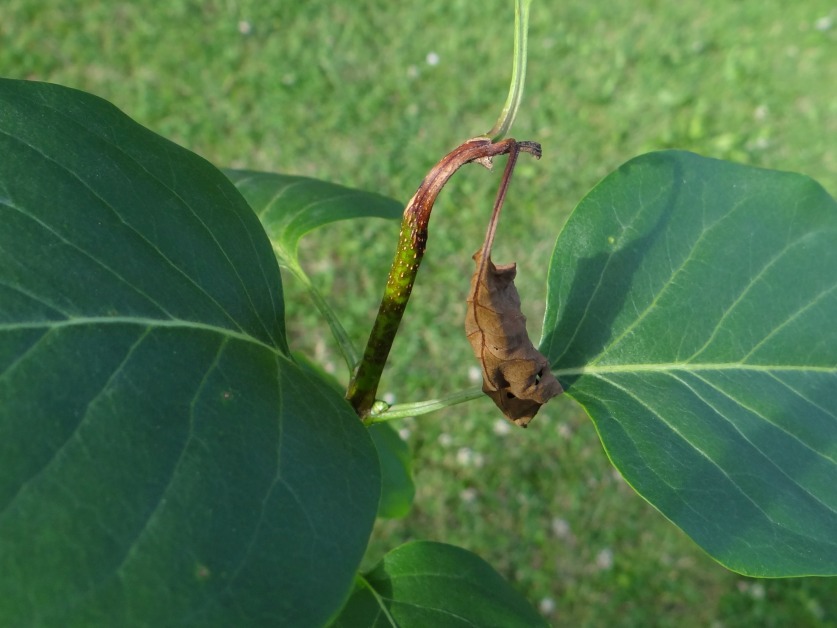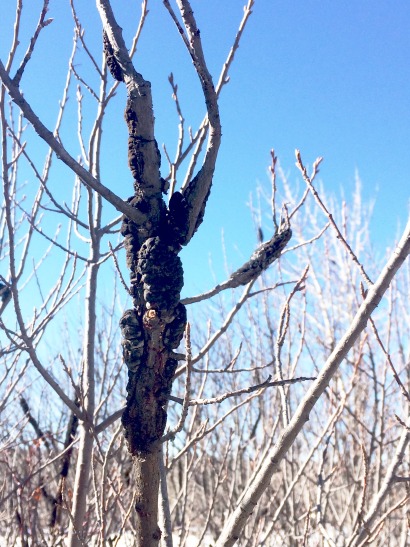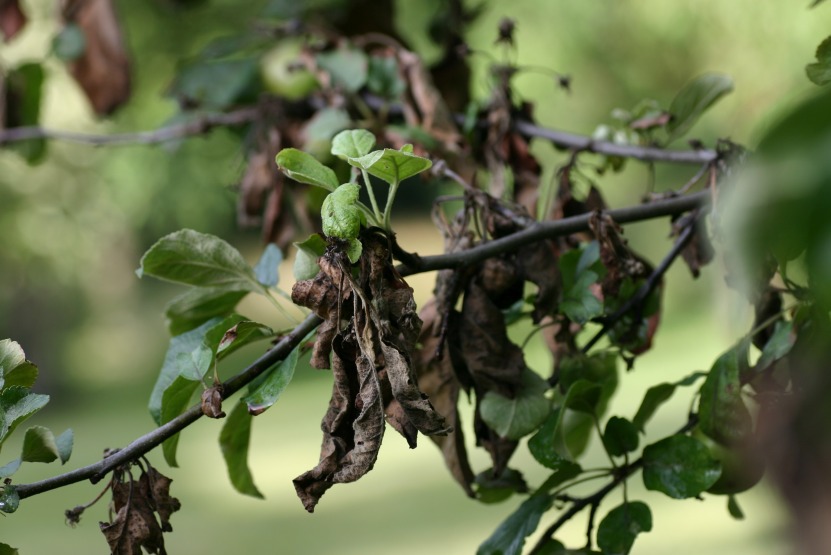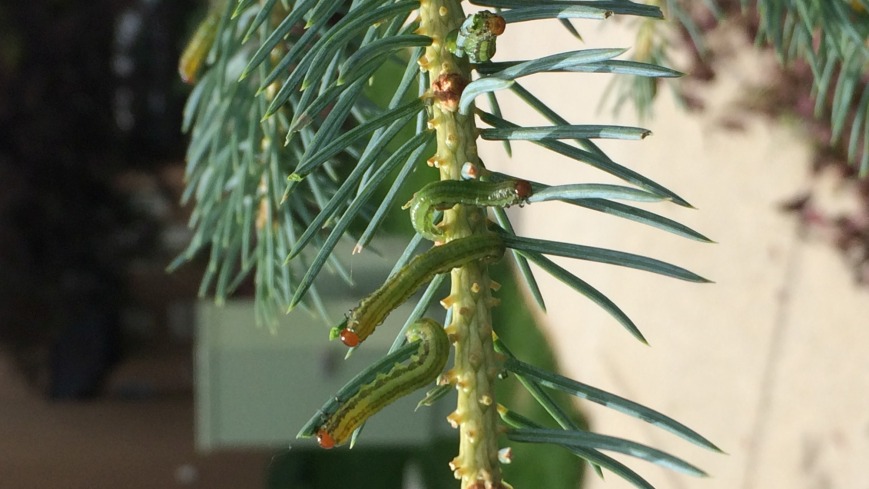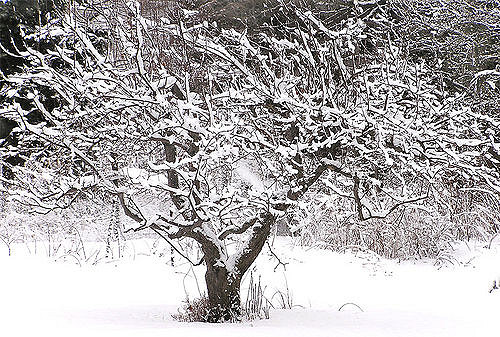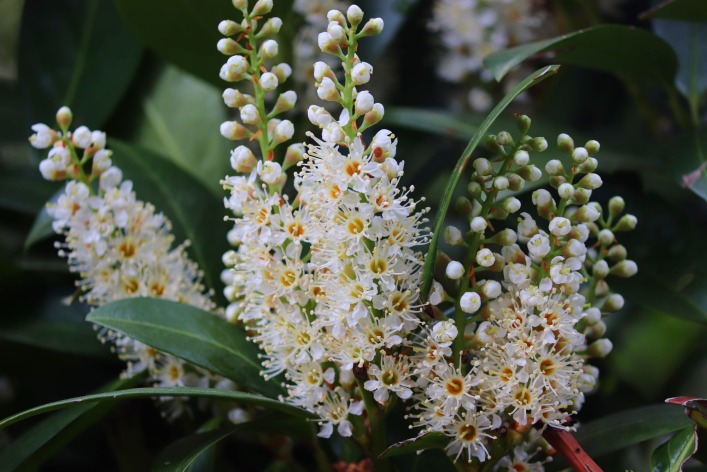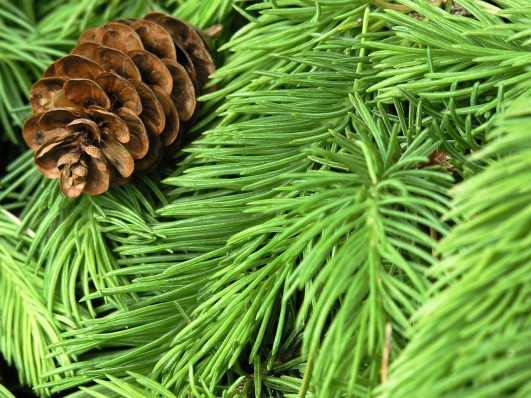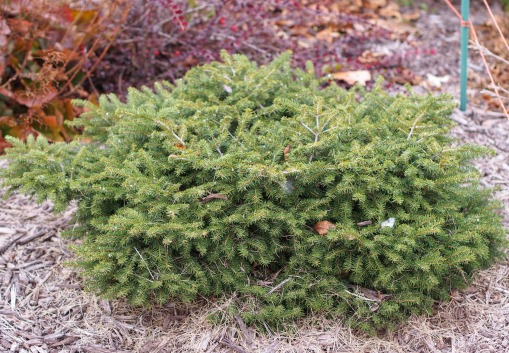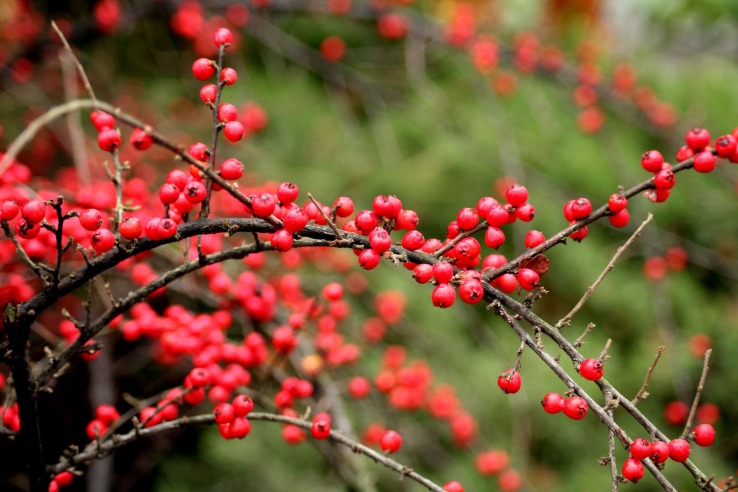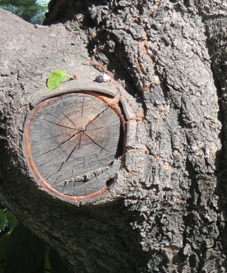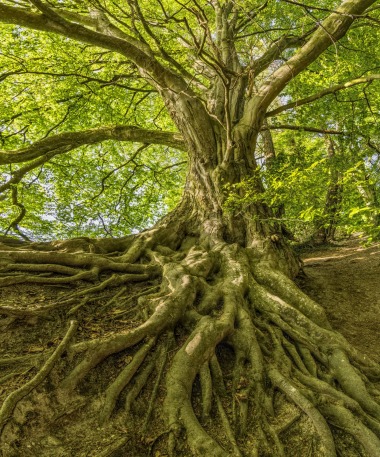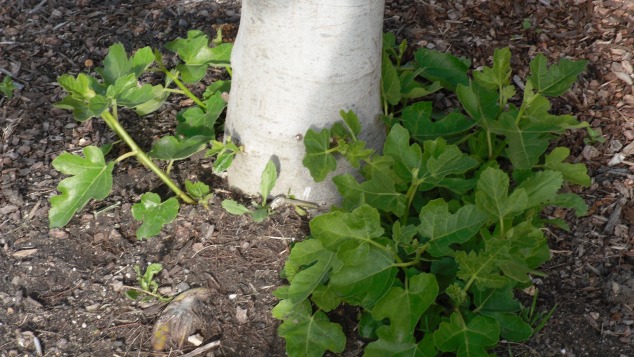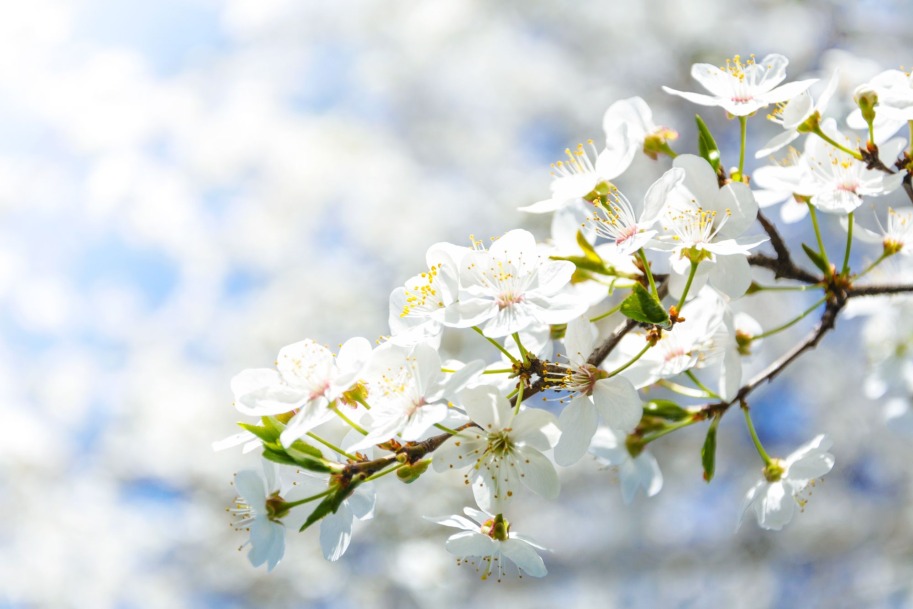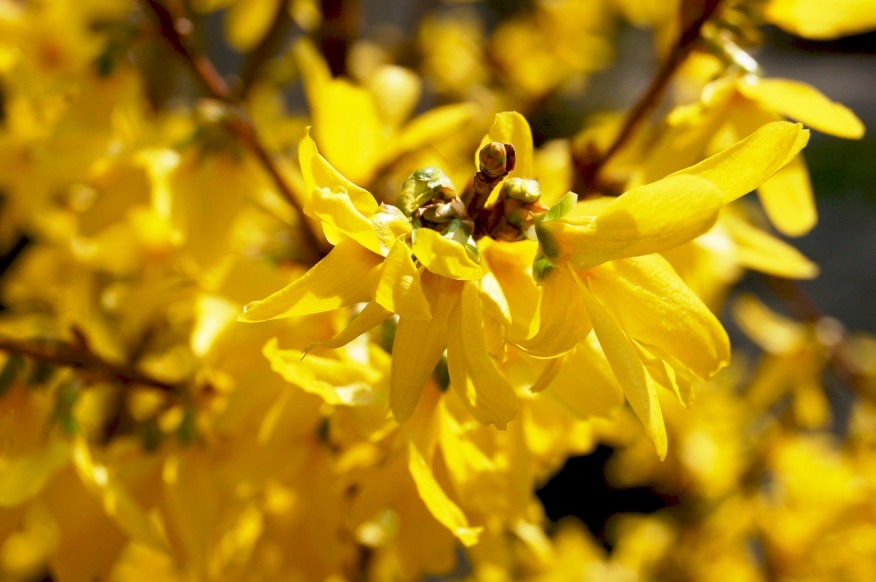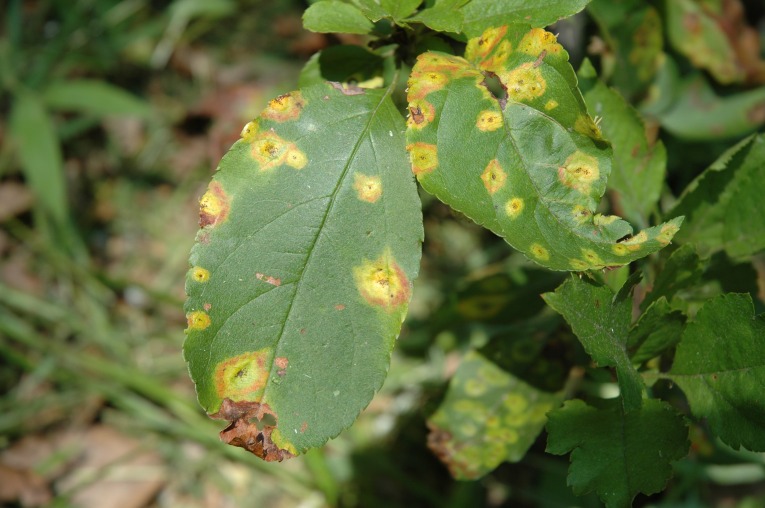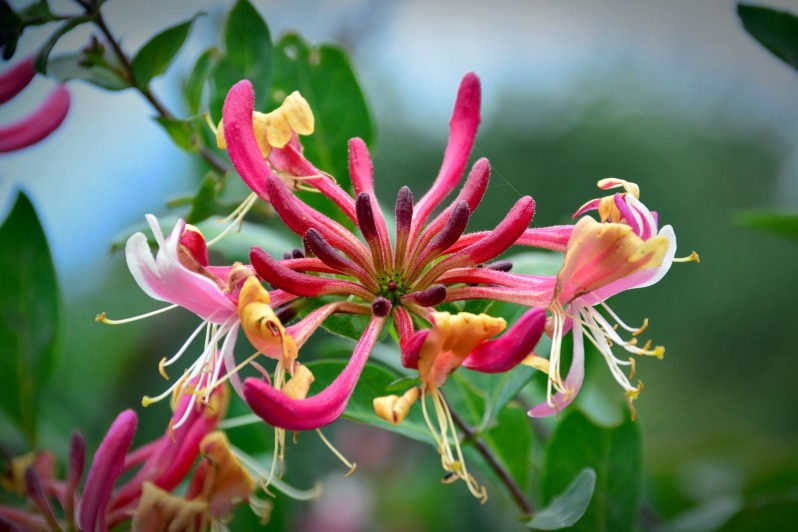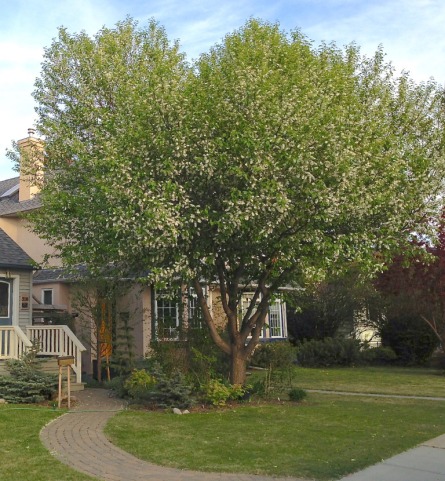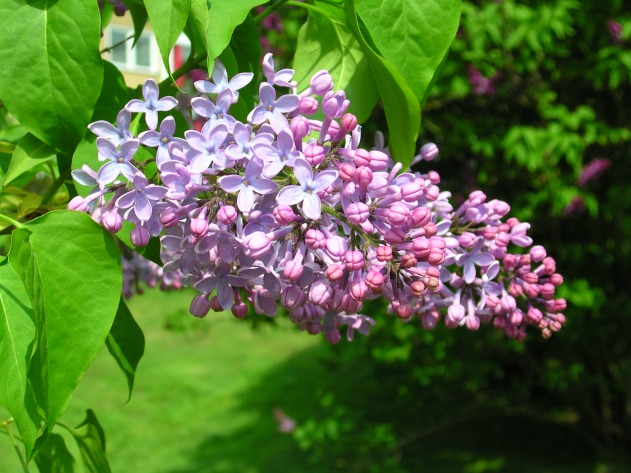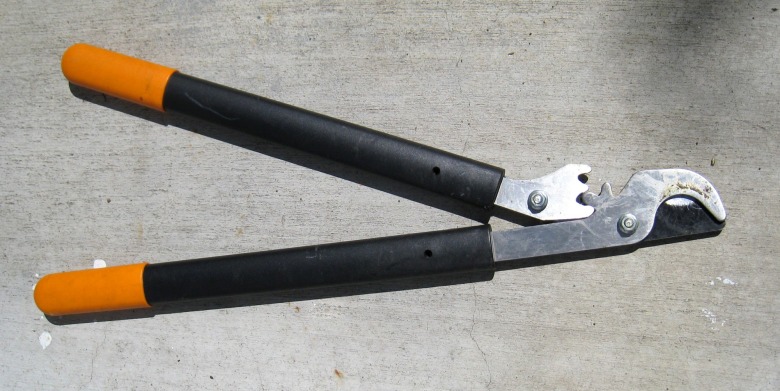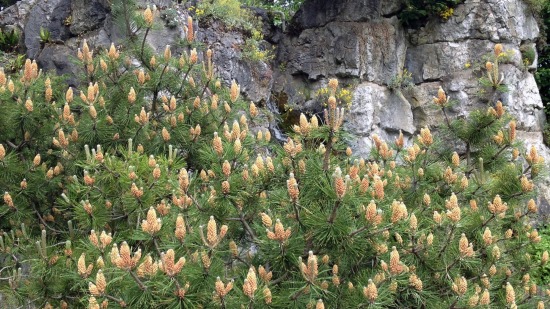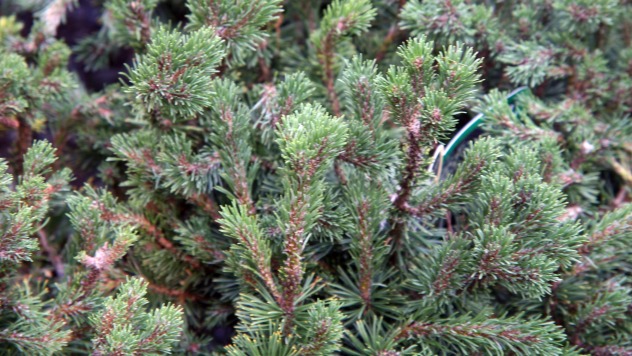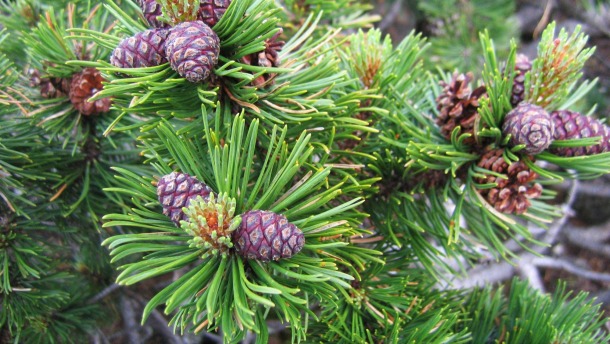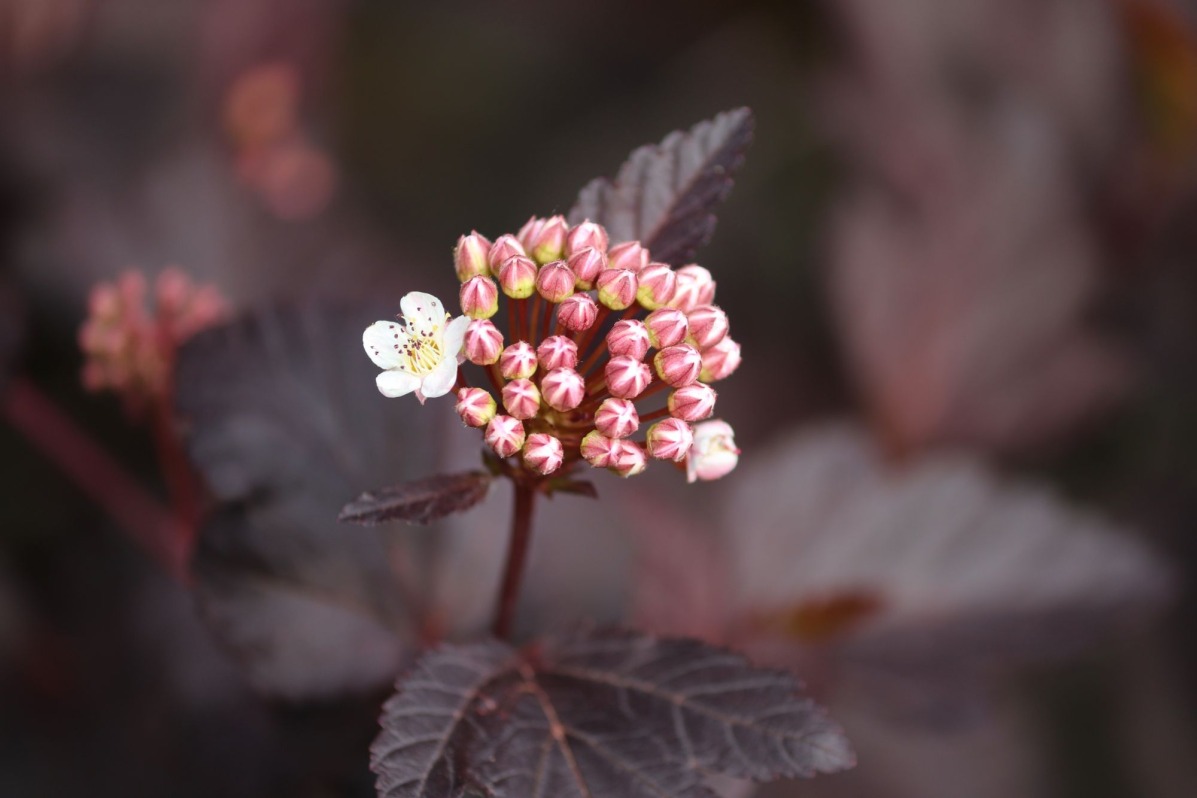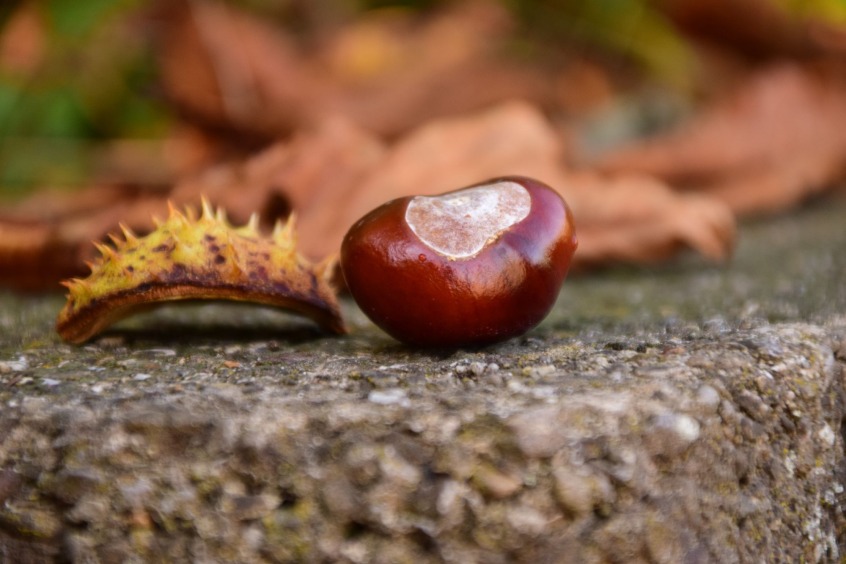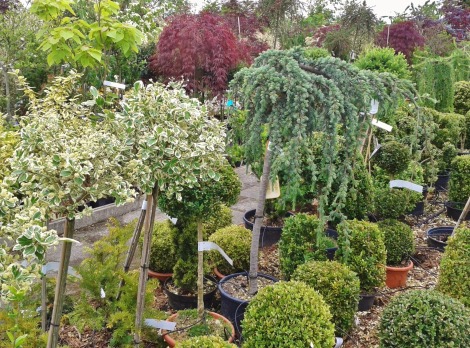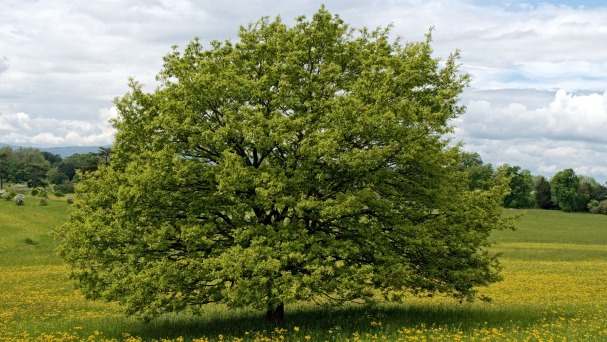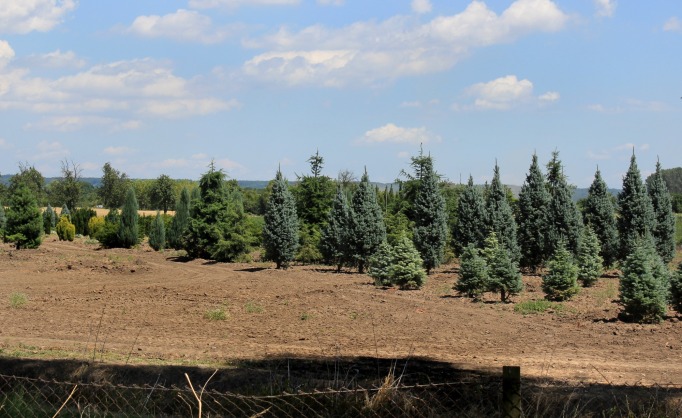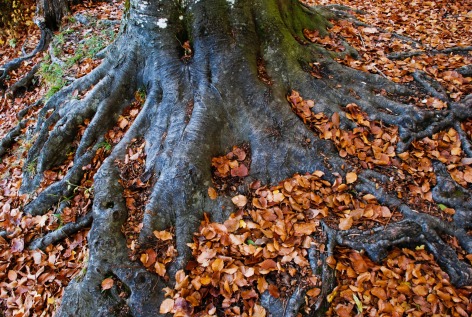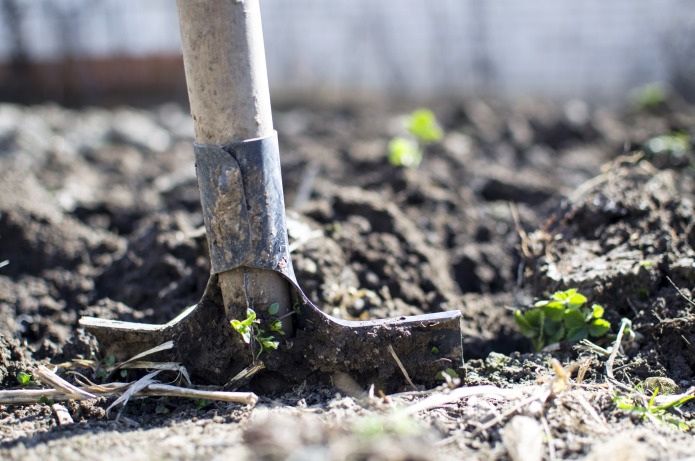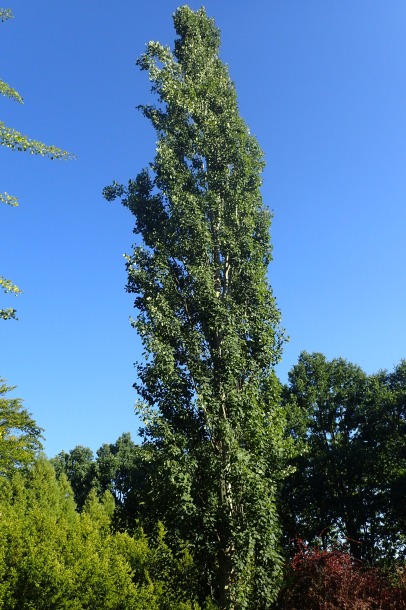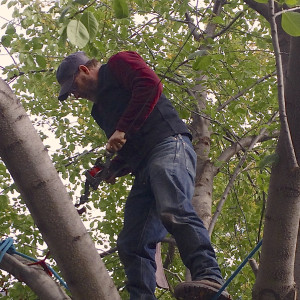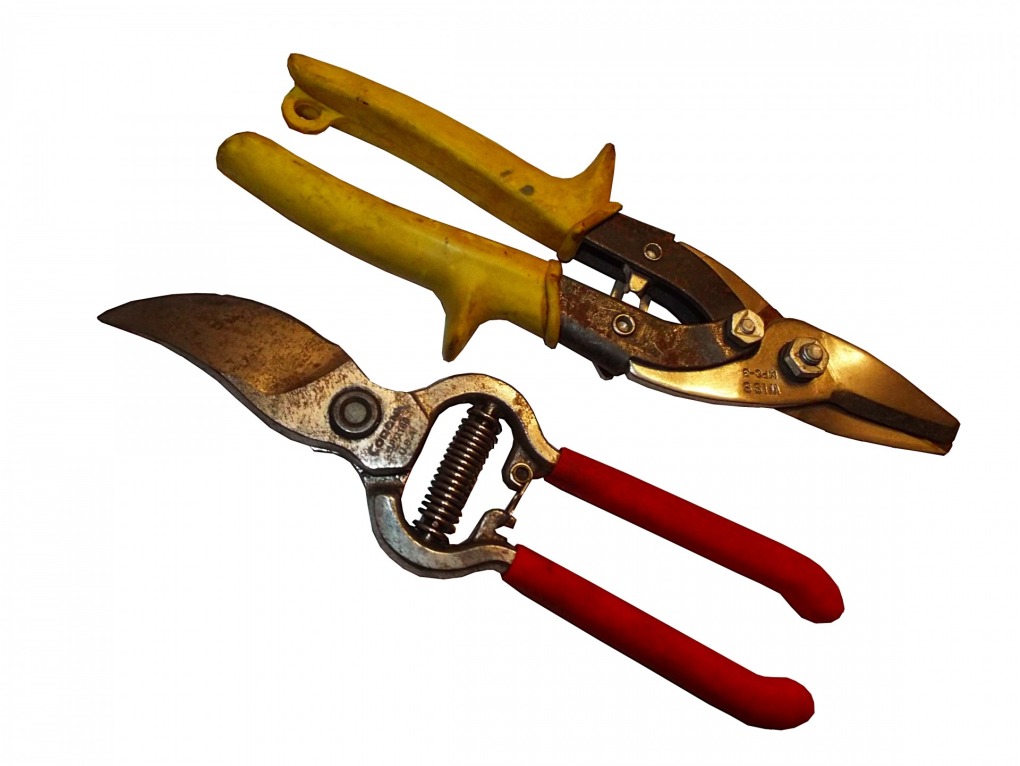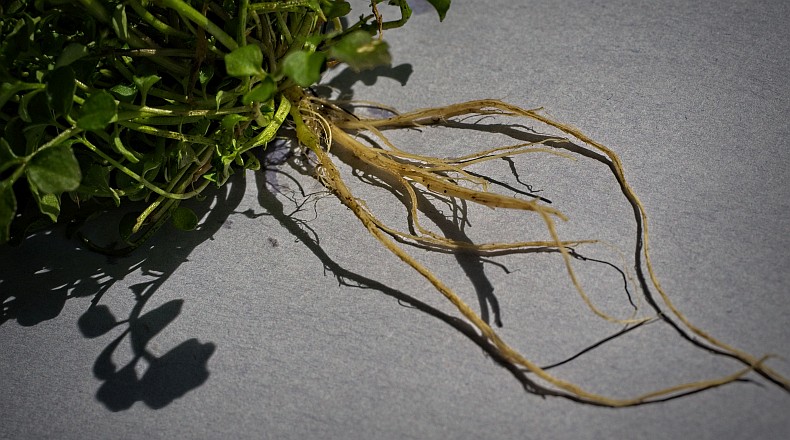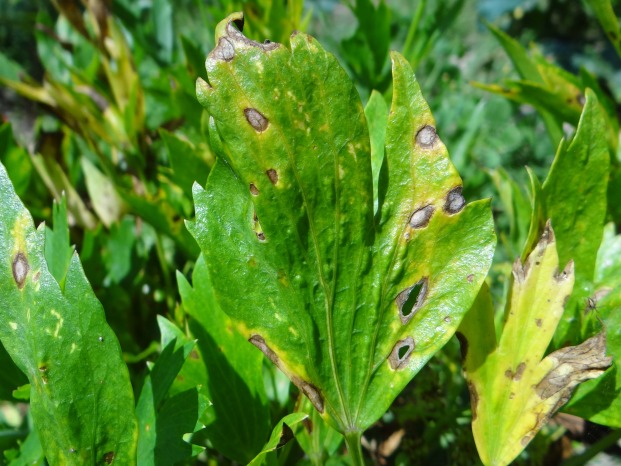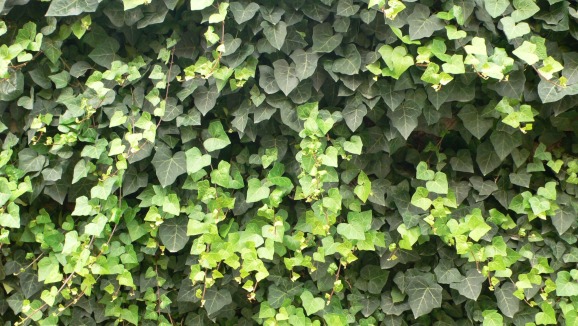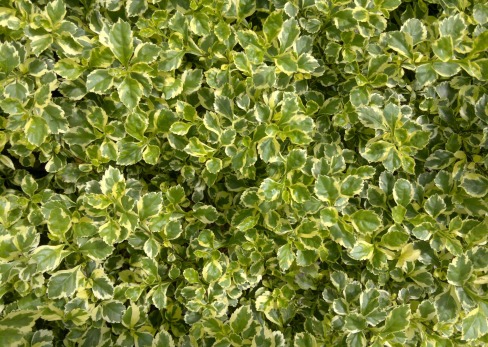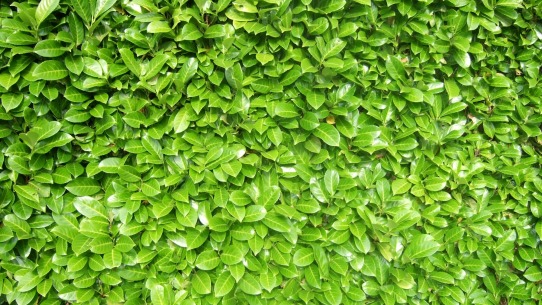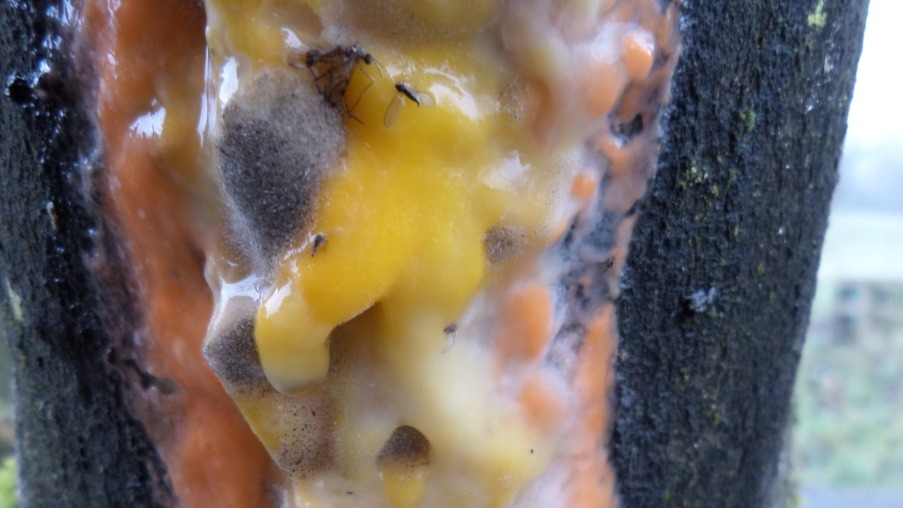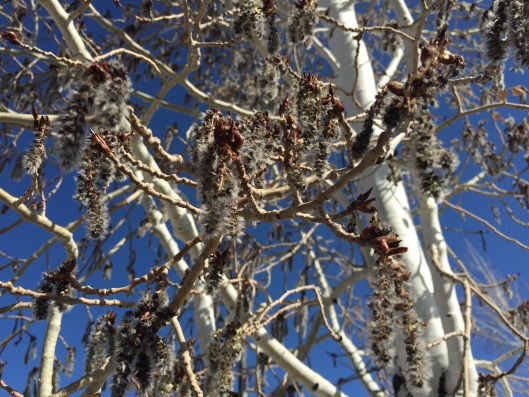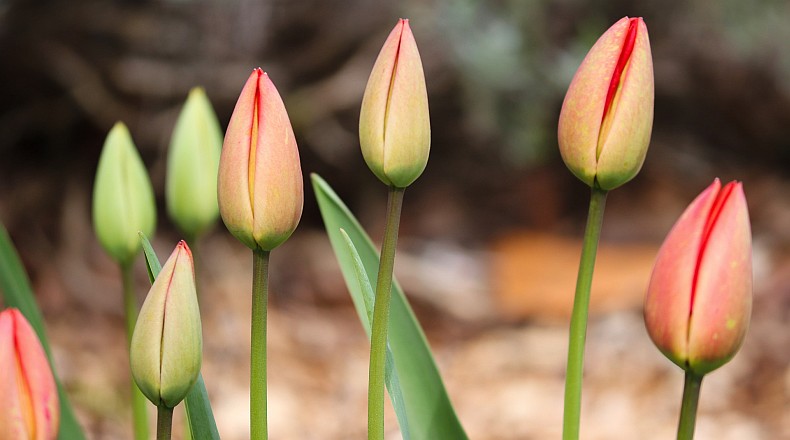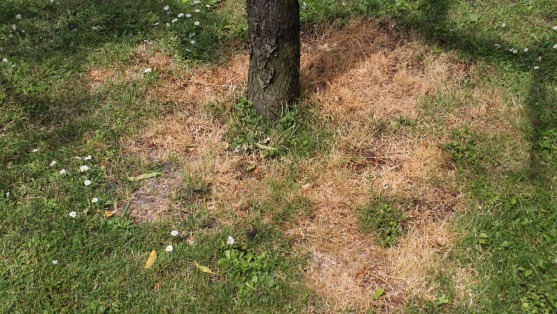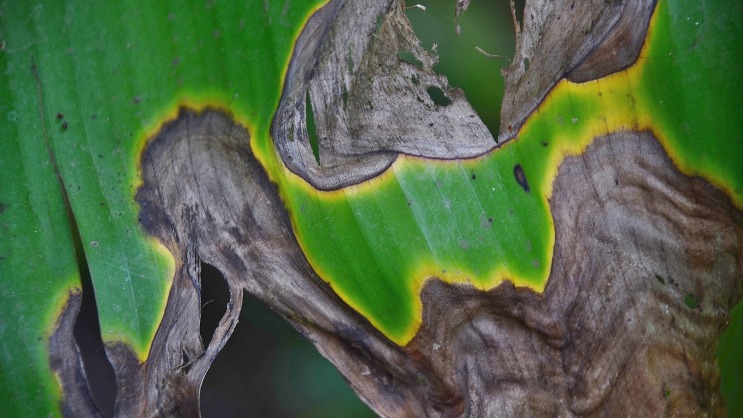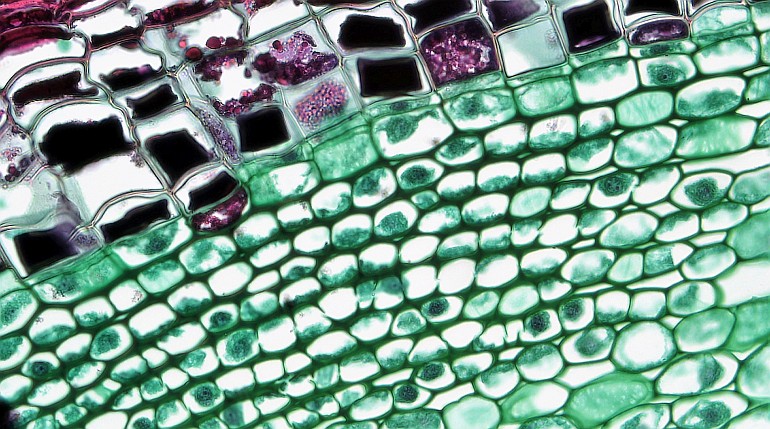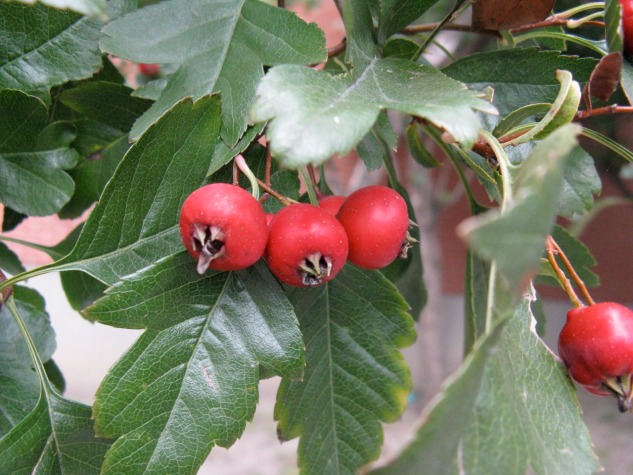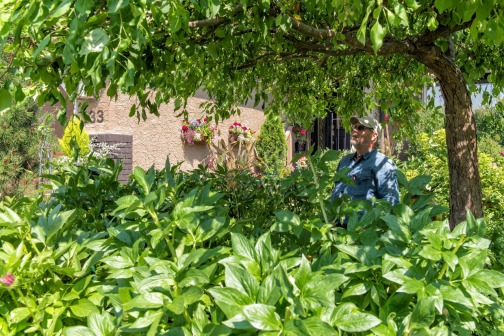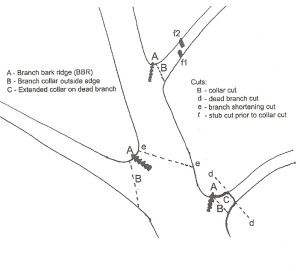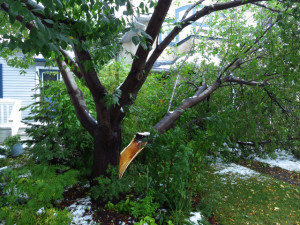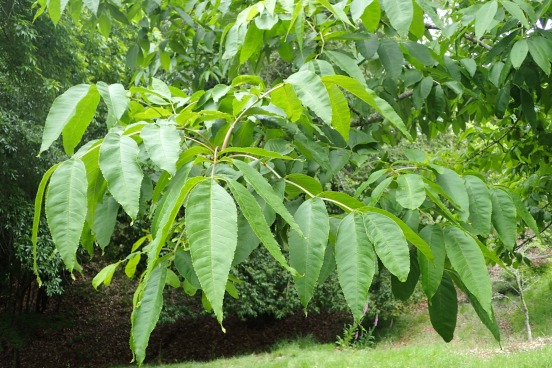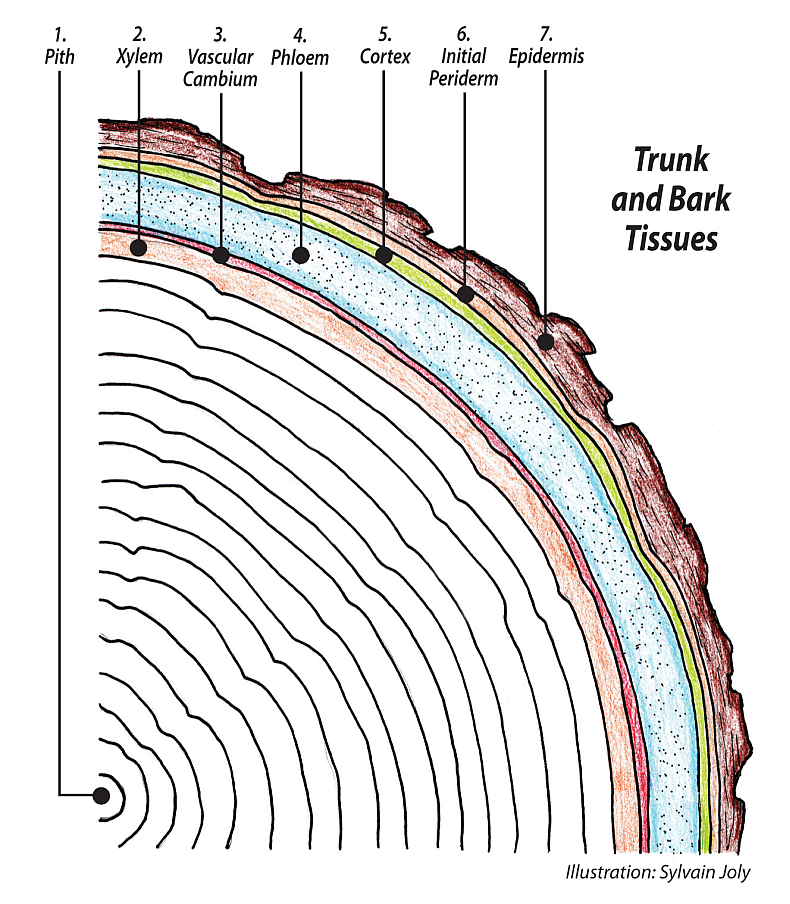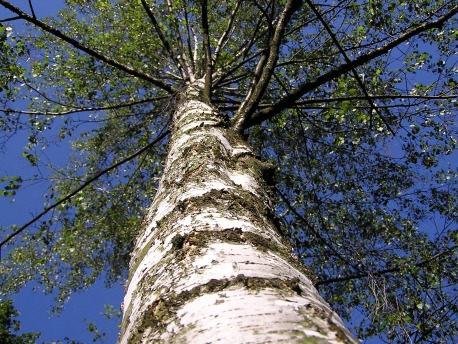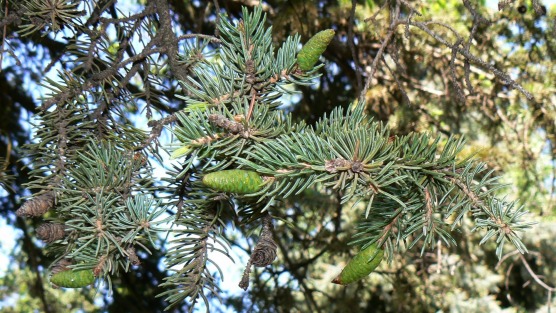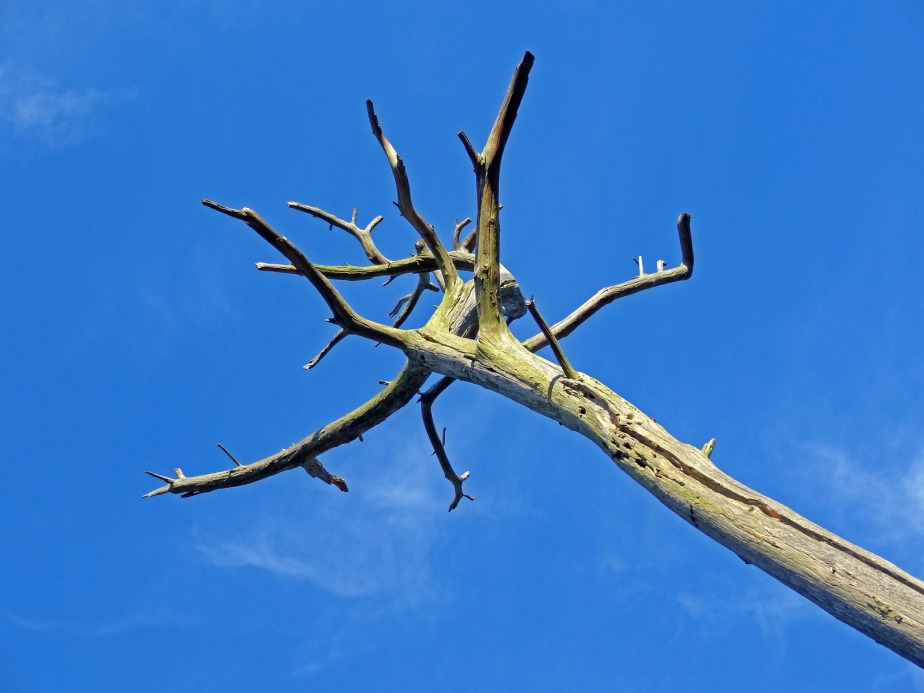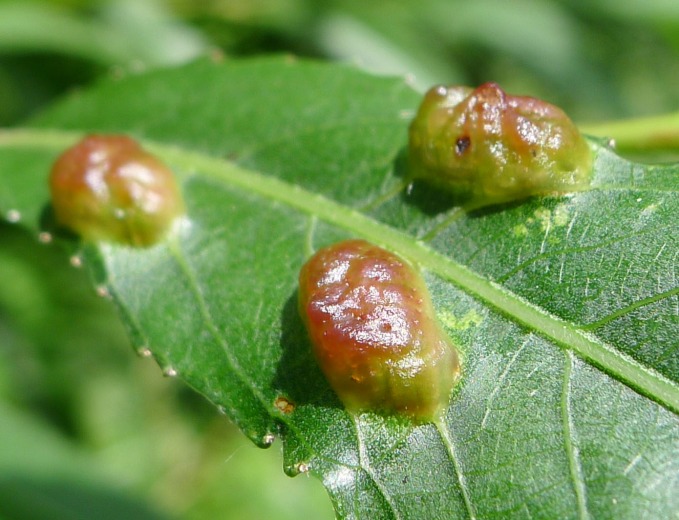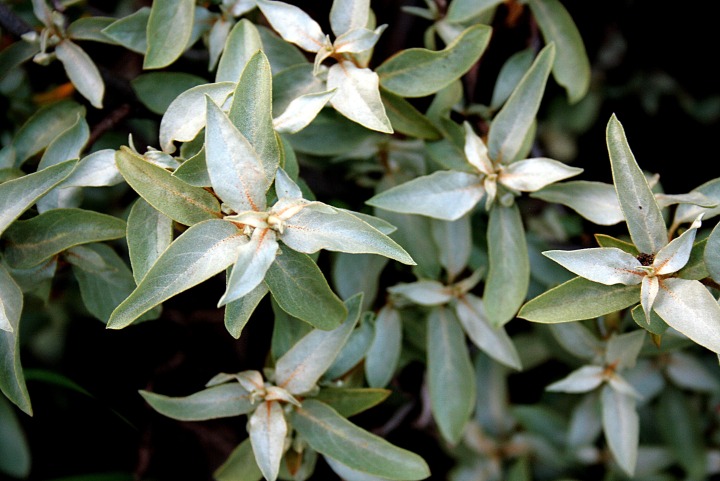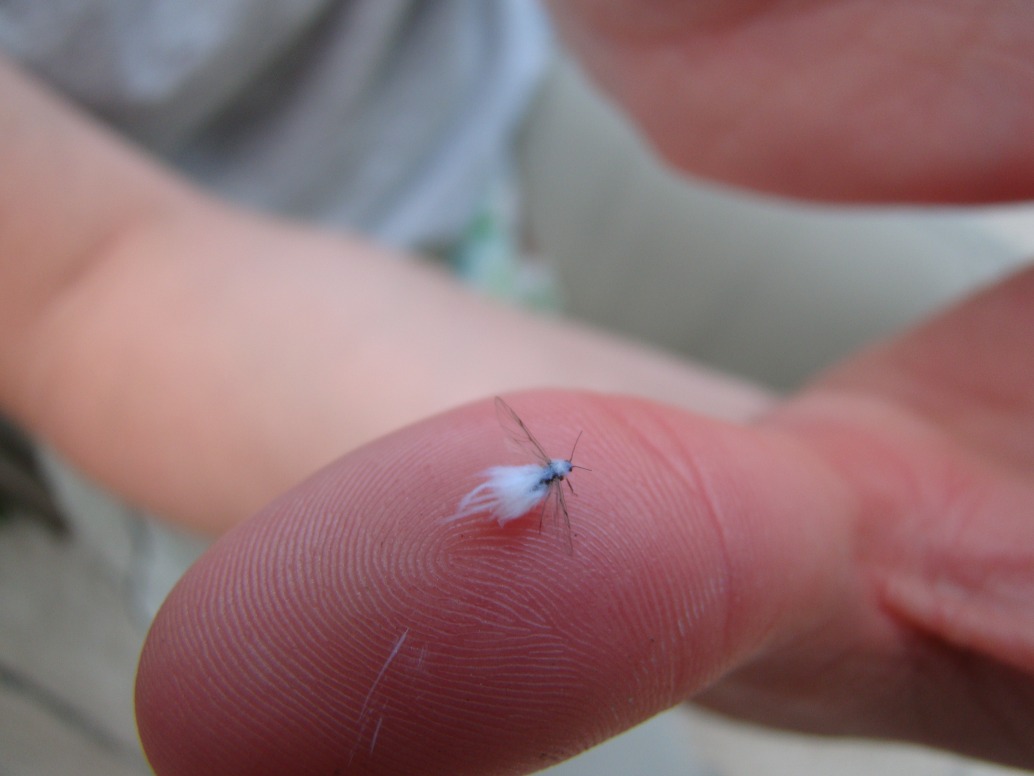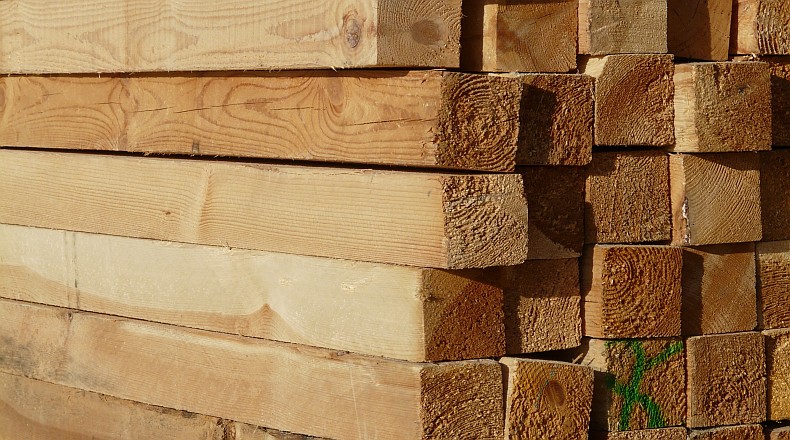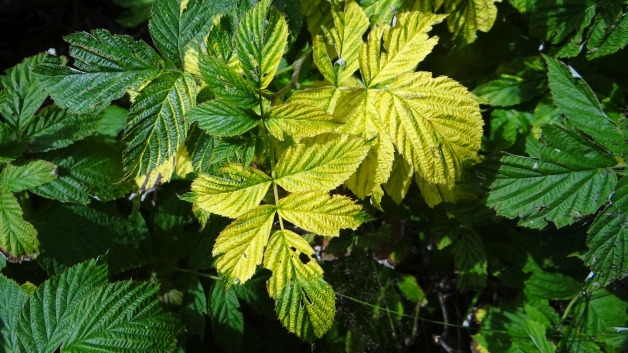The list of essential tools for pruning is short: secateurs, a Japanese handsaw, a pair of loppers, a hedge shear, a pole pruner and a stepladder. When I am pruning I have two indispensable tools, my secateurs and my hand saw right at my fingertips. The secateurs fit into a leather holster attached to a belt and the handsaw in its scabbard hangs from a clip from the same belt. This is not a belt for my trousers but a separate tool belt for work. You constantly need your hands free while pruning so having a convenient, safe place for your tools is essential.
There are many kinds of secateurs, and if you are going to take up pruning seriously I recommend Felco. They have a wide range of sizes and styles, right and left handed, and a model or two with a revolving handle that is designed to ease the friction of use. Whichever you choose, they are extremely durable, well built and have many replacement parts. Secateurs require very little maintenance. Keep the joint between the handles lubricated, and keep them sharp -- sharp tools, good clean cuts. There is much discussion and techniques about secateurs sharpening. I like to keep it simple and quick. I use a small 6-inch triangular file, and run it between the anvil and blade, resharpening the bevel on the edge of the blade.
The Japanese pruning saw is the second essential tool. As soon as branch size gets beyond the capacity and ability of your secateurs and your hand strength, the saw is the tool to use. I call it a Japanese pruning saw because the modern innovations on these saws were first employed in Japan. These saws cut on the pull stroke, towards your strength, the teeth all lean back towards the saw handle. The other important innovation was the creation of another cutting surface at the tip of the teeth. These saws are usually made from reasonably hard steel, meaning that they stay sharp a long time if kept out of the dirt, and they are difficult enough to sharpen, that when the blade is dull, I replace it. There are many styles and manufacturers to choose from; Silky is a premier Japanese brand.
Loppers are a handy tool, most especially for shrub and hedge work. They are an extra-large secateur held with both hands. Because of the long handles, there is a certain loss of control. I do not use loppers to prune trees. The cuts are never the quality or accuracy you get with a good sharp saw. The job that I use them the most for is thinning and cleaning out the bottom of shrubs. I sharpen them the same as I do my secateurs. There are many brands, styles and prices, The Felco loppers, a bit pricey, are the nicest I have ever worked with.
Hedge shears come in many styles, sizes and qualities. It just depends on how much you need to use them and your budget. I have seen on the Internet beautiful hand-forged Japanese shears, whose cost runs into the hundreds. Most people don’t need that. Do try to find ones with a good steel blade that will take an edge. I do not do a lot of formal shaping, so don’t use a shear much. They can be handy for cutting new ground shoots on shrubs.
A pole pruner is a essential tool for most of us. No matter how tall you are, there is always a branch out of reach. The pole pruner is a tool everyone thinks they need and so lots of low quality models are available at most hardware stores. These may be cheaply built, but they don’t give them away. They are not a good investment; bad design, poor workmanship and low grade materials are common in "homeowner grade" pole pruners. This is a time to step up a grade and buy a professional arborist tool, much better designed, with quality steel and very durable. You get a lot more tool for your buck. I have used Marvin pole pruner heads for years and highly recommend them. Typically, this tool will be cheaper than the “homeowner special" and a better tool in every way.
Ladders are another essential tool for tree work. Always handy for starting your climb, they also give you the reach often needed. One of the handiest and most used of my tools is a sturdy four-foot step ladder. I am on this constantly when pruning apple trees. It has just enough height for work in the tree, but not so much that it doesn’t fit under the tree. For general tree work you can get a lot done with an eight-foot. This ladder is mostly used on the outside edge of the tree. The beauty of the four-foot is that it fits under the crown of many trees. The cheap aluminium ladder is to be avoided. A good ladder does not quiver when you climb it. If you are going to spend much time on a ladder, buy a strong one.
Tree Care Articles
Pruning Theory - Tools
- Details
- Written by Kevin R. Lee Kevin R. Lee
- Published: 24 December 2019 24 December 2019
Articles Index
- A Mind Set for Healthy Trees
- A New Tree Care Philosophy
- A Practical Working Model of Your Tree, Part One: Mostly Roots
- A Practical Working Model of Your Tree, Part Three: Leaves
- A Practical Working Model of Your Tree, Part Two: Trunk and Stem
- A weeping apple, some deer, and an arborist
- A Year in the Life of Your Tree - 1
- A Year In the Life of Your Tree - 2
- A Year In the Life of Your Tree - 3
- A Year In the Life of Your Tree - 4
- A Year In the Life of Your Tree - 5
- A Year In the Life of Your Tree - 6
- A Year In the Life of Your Tree - 7
- A Year in the Life of Your Tree - 8
- An arborist thinks on compartmentalization
- An Arborist's Education
- Ash Leaf-Cone Roller
- Ash Trees
- Aspens
- Birch
- Botany 1: The whole tree
- Botany 2: What do trees eat?
- Bud Scars
- Burning Bush
- Calgary Soils
- Calgary weather, snow pack, and the drought
- Calgary, from a tree's perspective
- Calgary's Most Dangerous, Dutch Elm Disease
- Calgary's most dangerous: Pseudomonas syringae
- Calgary’s most dangerous: Black knot
- Calgary’s Most Dangerous: Fire blight
- Calgary’s Most Dangerous: The Yellow-Headed Sawfly
- Caragana
- Caring For Your Trees This Winter
- Cell Walls
- Cherry Shrubs
- Cherry Trees
- Conifer Introduction
- Conifer Shrubs
- Conifers
- Cotoneaster
- Cranberries
- Currants
- Debunking Old Tree Myths
- Demystifying Tree Pruning
- Diagnosing Tree Problems
- Diplodia Gall of Poplar
- Dogwoods
- Dr. Alex Shigo
- Eating Apples and Other Hardy Prairie Fruit
- Elders
- Elms
- Epidermis
- Fall Needle Drop of Conifers
- Fertilizer
- Fertilizer 1
- Fertilizer 2: Trees
- First post Feb 23 2018
- Flowering Crabs
- Forsythia
- Fungal afflictions
- Growing Trees in Calgary
- Growing trees in Calgary, hands-on
- Haiku for spring
- Hardiness Zones
- Hawthorns
- Honeysuckles
- How to Have a Successful Tree
- Hydrangea
- In Defence, the Bronze Birch Borer (BBB)
- Introduction to Botany Talks
- Kate's Mayday
- Lack of connection
- Leaves
- Lilacs: French
- Lilacs: Pruning
- Linden
- List of Best Calgary Tree Choices - Evergreens
- Maintaining your pruning tools
- Maples
- Meristems: SAM and RAM
- Mid-Season Gratitude Post
- Mock Orange
- Mountain Ash
- Mugo Pines 1
- Mugo Pines 2
- Mugo Pines 3: Pruning
- My readers, my reasons
- Native Shrubs
- Needle Casts of Spruce
- Ninebark
- Oaks
- Ohio Buckeye
- Old Hacked Apple Trees -- Pruning a Tangle
- Organic Tree Work, Empowering Trees and People.
- Oyster Shell Scale
- Phloem
- Phomopsis Canker of Russian Olive
- Planting 1: Species selection
- Planting 2: Site selection
- Planting 3: Buying your tree
- Planting 4: Root crown identification
- Planting 5, Digging the hole, planting the tree
- Planting 6: Staking
- Planting 7: Watering
- Planting a Tree - Selection
- Planting a Tree - Setting, Staking and Watering
- Polemic and straight talk: the Swedish Columnar Aspen
- Poplars
- Proper Tree Pruning
- Pruning - More Reasons Why
- Pruning in Calgary with Nature in Mind
- Pruning Theory - Tools
- Pruning Theory - Why?
- Pruning tools you need
- Quotes
- Random thoughts from a Calgary Arborist and Tree Surgeon
- Reference books for Arboriculture
- Roots
- Russian Olive
- Septoria Canker on Poplar
- Shrub Introduction
- Shrub Pruning 1 - Theory
- Shrub Pruning 2 - Size Control
- Shrub Pruning 3 - Final
- Shrub Pruning for Size Control
- Shrub Pruning for Size Control 2
- Shrub Pruning Theory
- Slime Flux
- Soils - 1
- Soils - 2
- Spring?
- Stems
- Symptoms of a dry tree
- Symptoms of a sick tree
- The Mountain Ash
- The Three Cell Types
- Thinking of becoming an arborist?
- Toba Hawthorn: Pruning a tangle
- Tree Poem
- Tree Pruning Theory
- Tree Repair
- Tree Repair - 1
- Tree Repair - 2
- Tree Repair - 3
- Tree Repair - 4
- Trees and Their Interactions with Other Organisms
- Two Failures, Griffin Poplar, Manchurian Ash
- Vascular Cambium
- Walnuts
- Watering
- Watering a Birch
- Watering Calgary Trees
- Western Gall Rust of Pines
- What is Tree Whispering?
- When Should a Tree Be Removed?
- White Fly
- White Spruce
- Why is My Tree Dying?
- Willow Redgall sawfly
- Willows
- Wolf Willow
- Woolly Elm Aphid
- Xylem
- Yellow leaves: Chlorosis




